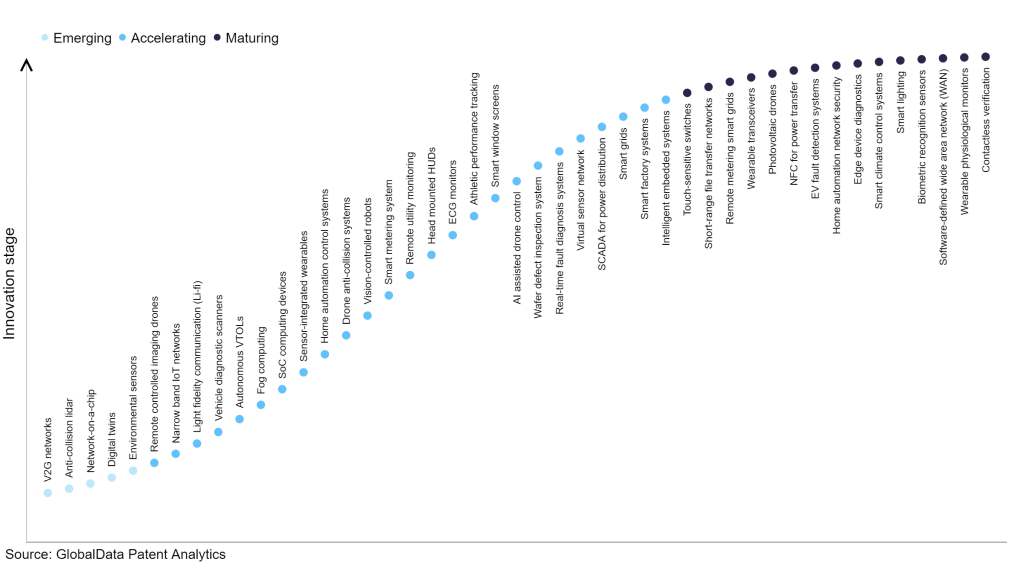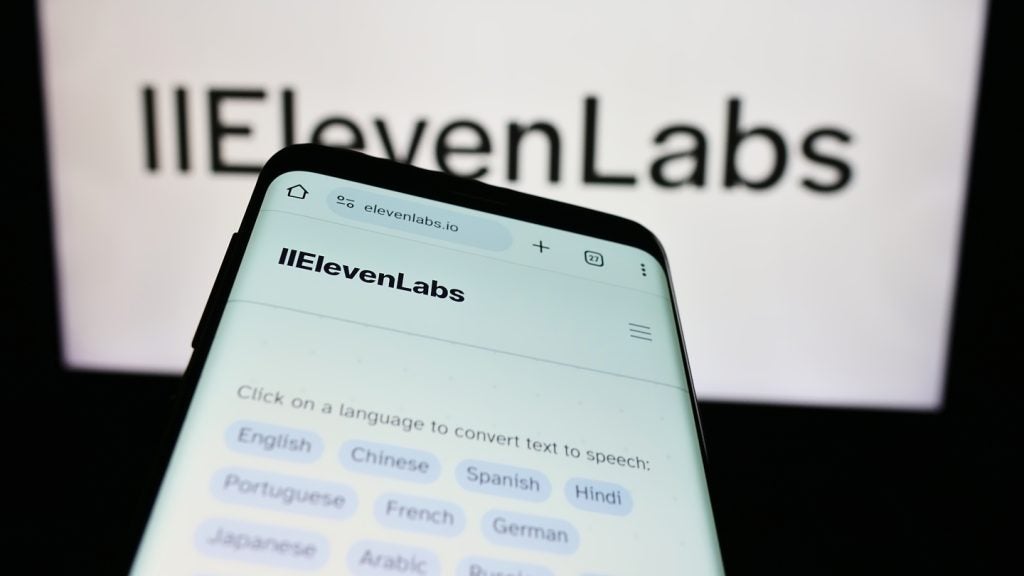The technology industry continues to be a hotbed of innovation, with activity driven by factors such as the increasing adoption of IoT across industries, the demand for energy-efficient and cost-effective solutions, and the need for seamless connectivity and data processing at the edge as well as growing importance of technologies such as low-power processors, embedded systems, wireless communication protocols (such as Wi-Fi and Bluetooth), and integration of sensors and actuators. These technologies enable advanced functionality, real-time data processing, and connectivity in IoT devices, contributing to the growth and expansion of the IoT market. As IoT deployments continue to grow, innovation in SoC computing devices plays a crucial role in enabling smart, interconnected systems that enhance efficiency, automation, and data-driven decision-making. In the last three years alone, there have been over 3.6 million patents filed and granted in the technology industry, according to GlobalData’s report on Innovation in Internet of Things: SoC computing devices. Buy the report here.
However, not all innovations are equal and nor do they follow a constant upward trend. Instead, their evolution takes the form of an S-shaped curve that reflects their typical lifecycle from early emergence to accelerating adoption, before finally stabilising and reaching maturity.
Identifying where a particular innovation is on this journey, especially those that are in the emerging and accelerating stages, is essential for understanding their current level of adoption and the likely future trajectory and impact they will have.
300+ innovations will shape the technology industry
According to GlobalData’s Technology Foresights, which plots the S-curve for the technology industry using innovation intensity models built on over 2.5 million patents, there are 300+ innovation areas that will shape the future of the industry.
Within the emerging innovation stage, environmental sensors, digital twins, and network-on-a-chip are disruptive technologies that are in the early stages of application and should be tracked closely. Intelligent embedded systems, smart factory systems, and smart grids are some of the accelerating innovation areas, where adoption has been steadily increasing. Among maturing innovation areas are contactless verification, wearable physiological monitors, and software-defined wide area network, which are now well established in the industry.
Innovation S-curve for IoT in the technology industry

SoC computing devices is a key innovation area in IoT
SoC (System-on-Chip) computing devices are compact computer systems that consolidate all essential components onto a single chip. These devices encompass microprocessors, memory, storage, and digital signal processors and find applications in various consumer electronic products such as smartphones, tablets, and other mobile devices.
GlobalData’s analysis also uncovers the companies at the forefront of each innovation area and assesses the potential reach and impact of their patenting activity across different applications and geographies. According to GlobalData, there are 80+ companies, spanning technology vendors, established technology companies, and up-and-coming start-ups engaged in the development and application of SoC computing devices.
Key players in SoC computing devices – a disruptive innovation in the technology industry
‘Application diversity’ measures the number of different applications identified for each relevant patent and broadly splits companies into either ‘niche’ or ‘diversified’ innovators.
‘Geographic reach’ refers to the number of different countries each relevant patent is registered in and reflects the breadth of geographic application intended, ranging from ‘global’ to ‘local’.
Patent volumes related to SoC computing devices
Source: GlobalData Patent Analytics
Intel is a leading patent filer in SoC computing devices. One of the company's patents focuses on low-latency compression technologies in data centres. In one embodiment, a storage sled compresses data using a low-latency compression algorithm before storing it and ensuring that the compression and decompression do not significantly impact storage and retrieval times. In other embodiments, a compute sled may perform low-latency compression on data before transmitting it to a storage sled.
Other prominent patent filers in the space include Samsung Group and Microsoft.
By geographic reach, Panduit leads the pack, followed by Everactive and Capgemini. In terms of application diversity, Dualitas holds the top position, followed by Semiconductor Energy Laboratory and Broadcom.
IoT innovation in System-on-a-Chip (SoC) computing devices has revolutionised the integration of computing power within IoT systems. SoC computing devices combine multiple components, such as processors, memory, and peripherals, onto a single chip, enabling compact and efficient IoT device designs.
To further understand how IoT is disrupting the technology industry, access GlobalData’s latest thematic research report on Internet of Things – Thematic Research.
Data Insights
From

The gold standard of business intelligence.
Blending expert knowledge with cutting-edge technology, GlobalData’s unrivalled proprietary data will enable you to decode what’s happening in your market. You can make better informed decisions and gain a future-proof advantage over your competitors.






